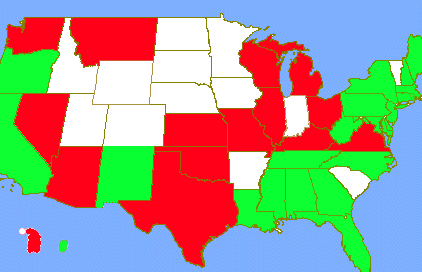Falls can occur in nearly ANY part of daily life, and we rarely pay attention to each and every move we make. Here are some common sense things that can help you prevent a fall and possible TBI:
- Use handrails on stairways and look at the steps when walking
- Stop reading the mail or magazine
- Look for items that have been left there
- Provide lighting on stairs for people with poor vision or who have difficulty walking
- A nightlight at the top or bottom is a good idea at night
- Sit on safe stools and chairs.
- Wobbly chairs collapse, stools tip, throwing you to the floor
- Do not place obstacles in walking pathways (such as stairs, hallways and traffic patterns)
- If a cabinet door is open on a cabinet in the kitchen and you drop something on the floor, be careful standing back up or your head may impact against the bottom of the open door
- Use a mat/rug on bathroom and kitchen floors (near the tub/shower and sinks)
- Those 2 floors are notorious for getting wet. You do NOT want to slip on one (that is what happened to me).
- Trying to get back on your feet isn't easy and you can repeatedly fall, making the injury even worse.

- Always wear a helmet when on a bicycle, motorcycle, scooter, snowmobile, jet-ski
- Some states have laws about helmets for under 18 age people riding bicycles and this site [link] shows info and has a lot of good links about other issues surrounding helmets. The image to the right is an overview of the states that have known/reported laws.
- Wear a helmet while skiing, snowboarding, skating and skateboarding
- Wear a helmet when participating in contact sports
- Not just in "official" ones, but even during the weekend pick-up games
 | |
| State Helmet Laws Some Local Helmet Laws White states have no known helmet laws |
Overall, use common sense in your daily life and when taking part in any physical activity... your head will thank you.
Related Links
No comments:
Post a Comment